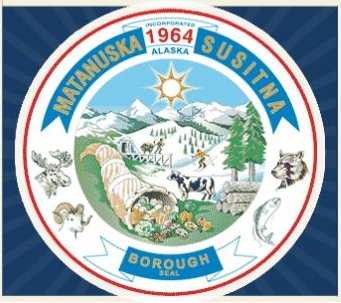
A ban on trapping within some public lands in the Matanuska-Susitna Borough is now official, after a yearlong push by concerned trail users.
The Borough Assembly approved the ban in a unanimous vote Tuesday (March 21) night. The new ordinance prohibits trapping on school grounds and the borough-owned parts of some recreation areas. Those include the Crevasse Moraine trails, Lazy Mountain Recreation Area, Matanuska River Park, Alcantra Athletic Complex, West Bodenburg Butte and Jordan Lake Park in Big Lake.
Assembly member Dan Mayfield sponsored the new ordinance after hearing from the Alaska Safe Trails group and receiving a petition with the signatures of more than 3,500 Mat-Su residents.
“It’s really providing people with a opportunity to recreate in a healthy environment, without the stress of worrying about if they, or their animals or any family member whatsoever might be hurt from traps that are out there,” Mayfield said in an interview.
Mayfield said that a few trappers gave public testimony at previous assembly meetings, explaining they felt the ordinance opened the door to further restrictions. Mayfield and Borough officials said the trappers were vastly outnumbered by the residents in support of the ban at those same meetings.
“You know, our population has grown to the point where we’re the second-largest municipality in the state of Alaska,” Mayfield said. “We’ve got about 103,00 people, and there are bound to be conflicts with traditional Alaskan land usage and a growing population, and certainly we have to resolve those conflicts.”
Maps showing where trapping is now banned under the ordinance are available on the Mat-Su Borough’s website.
Casey Grove is host of Alaska News Nightly, a general assignment reporter and an editor at Alaska Public Media. Reach him at cgrove@alaskapublic.org. Read more about Casey here.





